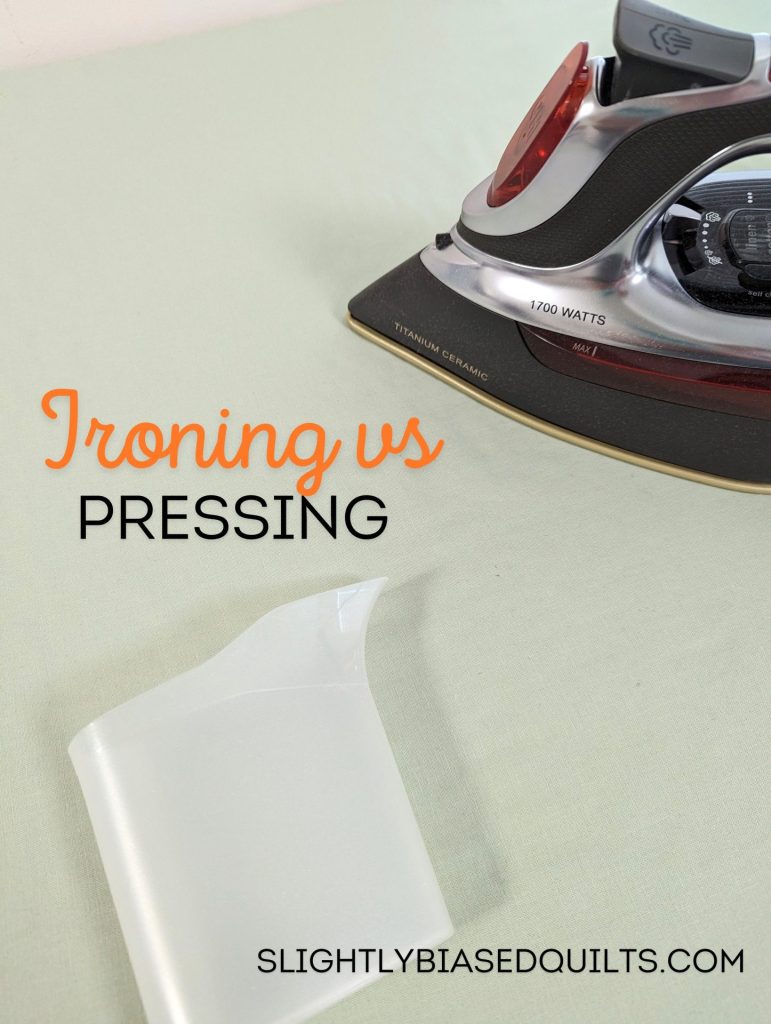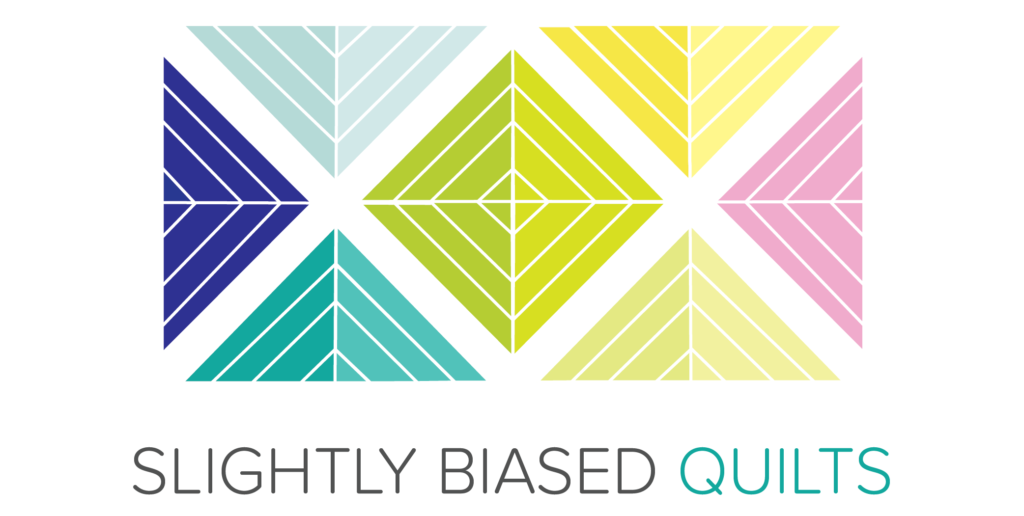
When it comes to quilting, one of the most crucial steps that can significantly impact the final look of your quilt is how you handle your fabric seams. Many beginners might think that ironing and pressing are interchangeable terms, but in the world of quilting, they are distinct techniques with different purposes and outcomes. Here’s why pressing, not ironing, should be your go-to method for achieving accurately pieced quilts.
What’s the Difference Between Pressing and Ironing?
Ironing typically involves moving the iron back and forth across the fabric. This motion can stretch and distort the fabric, which is particularly problematic when working with the precise pieces required in quilting. On the other hand, pressing involves setting the iron down on the fabric, applying gentle pressure, and then lifting it straight up before moving to the next area. This technique helps to flatten seams without distorting the fabric’s shape.
Why Pressing is Essential in Quilting
- Maintains Fabric Integrity
Quilting requires precise measurements and cuts. Ironing can inadvertently stretch or skew your fabric, leading to pieces that no longer fit together perfectly. By pressing, you ensure that the fabric maintains its original shape and size, which is crucial for matching seams and achieving a polished, professional look. - Creates Crisp Seams
Pressing is key to achieving crisp, flat seams. When you press your seams, the heat and pressure from the iron set the fabric fibers in place, resulting in a smooth, flat seam. This not only makes the quilting process easier but also improves the appearance of the finished quilt. Flat seams reduce bulk and allow for more accurate piecing and quilting. - Improves Accuracy in Piecing
Accurate piecing is the foundation of any good quilt. When your seams are pressed correctly, your fabric pieces align more accurately, making it easier to sew them together with precision. This is especially important for intricate patterns where even slight deviations can disrupt the overall design.
Tips for Effective Pressing in Quilting
- Use the Right Tools
Invest in a good quality iron and a sturdy ironing board. Some quilters also find a tailor’s clapper helpful for setting seams. Additionally, using a spray bottle with water or a pressing spray can help to achieve even crisper seams. I like to use the steam function on my iron. Eventually the iron will leak and then I just replace the iron. - Set Your Seams First
Before you press your seams open or to the side, set them by pressing the stitched line with the iron. This helps to meld the thread into the fabric and creates a cleaner fold when you press the seam. - Press Seams to One Side or Open
Decide whether to press your seams to one side or open based on your quilt pattern. Pressing to one side can add strength and reduce bulk, while pressing open can create a flatter seam. Be consistent with your method to ensure uniformity throughout your quilt. - Avoid Stretching
Always lift the iron and set it down rather than sliding it across the fabric. This minimizes the risk of stretching or distorting your fabric pieces. - Press Frequently
Press each seam as you sew. This might seem time-consuming, but it ensures that each piece is flat and accurate, making the final assembly of your quilt much smoother.
Pressing, not ironing, is a small but crucial distinction that can make a significant difference in the quality of your quilting projects. By maintaining fabric integrity, creating crisp seams, and improving accuracy in piecing, pressing helps ensure that your quilts turn out beautifully. Remember to use the right tools, set your seams, and press frequently for the best results. Happy quilting!
